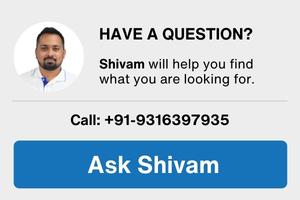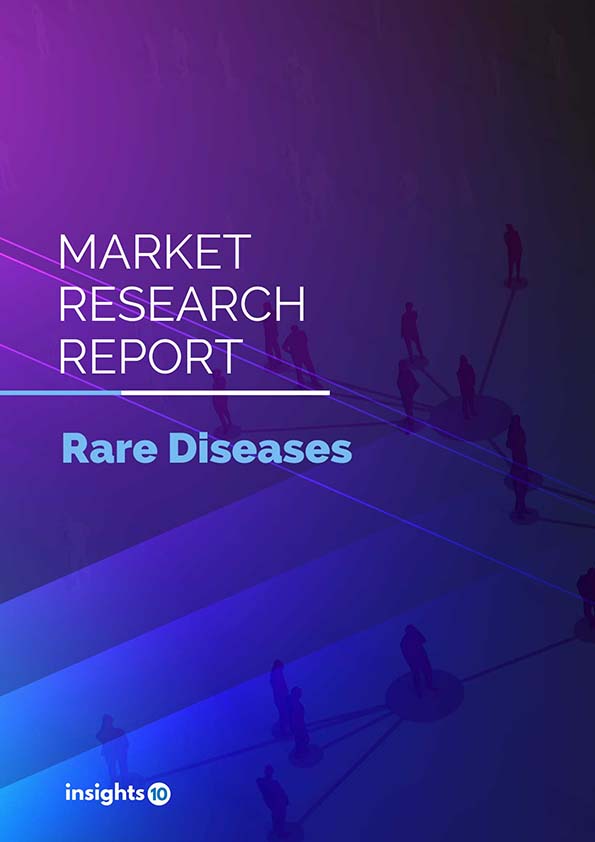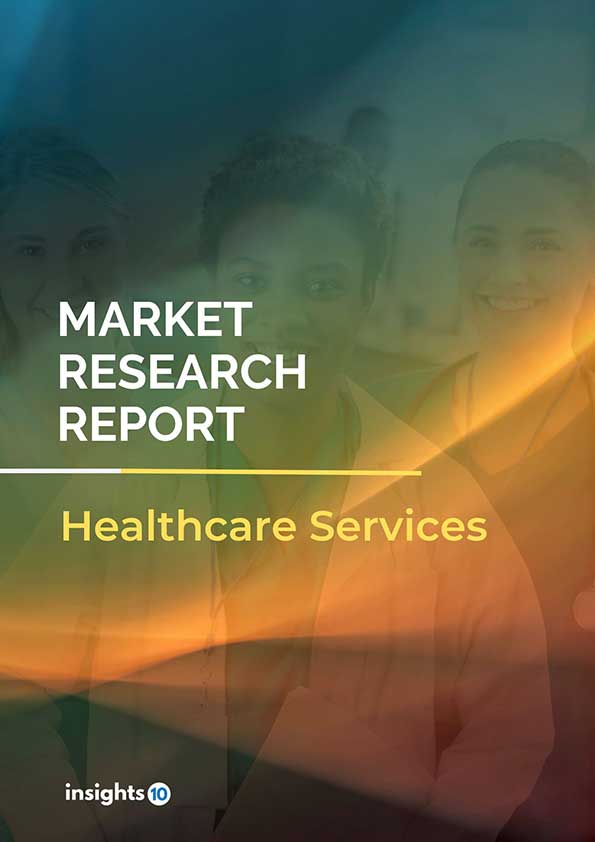Brazil Anti Aging Therapeutics Market Analysis
Brazil's anti-aging therapeutics market is projected to grow from $15 Mn in 2022 to $55 Mn in 2030 with a CAGR of 17.53% for the year 2022-30. The growing disposable income in Brazil and the rise in the geriatric population in Brazil are expected to drive the expansion of the market. The Brazilian anti-aging therapeutics market is segmented by product, treatment, target group, type of aging, type of molecules, mechanism of action, ingredient, and distribution channel. Some of the key competitors in the market are Signo Vinces, Plantus, and Betterhumans.
Buy Now

Brazil Anti-Aging Therapeutics Market Executive Summary
Brazil's anti-aging therapeutics market size is at around $15 Mn in 2022 and is projected to reach $55 Mn in 2030, exhibiting a CAGR of 17.53% during the forecast period. With more than 200 Mn beneficiaries, Brazil's universal health system is the largest in the world. However, owing to inadequate public funding, Sistema nico de Sade (SUS) has suffered recently. Currently, Brazil invests about 4% of its GDP on health, compared to the OECD average of about 9.5%. The 6% level is advised by the Pan American Health Organization (PAHO). The Jair Bolsonaro administration's budget proposal for 2023 called for a $4.2 Bn cut in investment in Brazil's health sector. The investment in the SUS, which was 15.77% of net current revenue in 2017, decreased to 13.54 % in 2019 due to the Constitutional Amendment.
The physiological process of aging in the human body is irreversible, and the physical changes that occur as we age also increase our risk of developing many other chronic diseases. It is advantageous to delay aging and extend a healthy life at the overall level of the body by understanding the mechanism of aging and paying attention to the associated hallmark signs of aging. This is a necessary condition for delaying aging as well as developing novel anti-aging medications in the future. The signs of aging satisfy the following three prerequisite qualities in modern biology: Age-related manifestations, experimental aging acceleration, and therapeutic measures to delay, stop, or reverse aging.
The gut microbiota composition linked to aging has also shown significant anti-aging potential in recent Brazilian studies. Curcumin, resveratrol, catechins, and quercetin are a few of the phyto-bioactive substances that are frequently used as potential moderators of the cellular damage caused by free radicals. However, these compounds' low bioavailability due to poor gastrointestinal tract solubility, stability, and absorbance limits their therapeutic potential. Brazilian researchers recently created innovative nanotechnology-based systems for the therapeutic delivery of natural antioxidants with better bioavailability and, as a result, efficacy. In comparison to conventional preparations, such systems have been shown to have better solubility and stability, an extended half-life, increased epithelium permeability and bioavailability, improved tissue targeting, and reduced side effects.

Market Dynamics
Market Growth Drivers Analysis
In the upcoming years, a significant rise in Brazil's aging population is anticipated. Anti-aging therapeutics are expected to be in high demand as a result of this demographic change as older adults strive to maintain their health and vitality. As Brazil's economy expands, more people become wealthy and have additional funds to spend on anti-aging therapeutics and other health and wellness products. The demand for anti-aging therapeutics is likely to increase as more people become aware of their advantages. Additionally, there might be less stigma associated with using these therapies as they gain more acceptance.
Market Restraints
The complex criteria for clinical trials and product registration in the Brazilian regulatory climate for anti-aging therapeutics can be difficult to meet. This may cause cost increases and delays in product clearances, which may discourage market investment. Many anti-aging treatments can be costly, which may prevent some patients from accessing them. Given the stark differences in healthcare access and income in Brazil, this might be particularly true there. The development of the anti-aging therapeutics market in Brazil may also be influenced by cultural attitudes toward aging. The demand for anti-aging products may be constrained if some people believe that aging is a normal process that should not be tampered with.
Competitive Landscape
Key Players
- Bioma (BRA)
- Byogene (BRA)
- GENEX Brasil (BRA)
- Signo Vinces (BRA)
- Plantus (BRA)
- Betterhumans
- BioAge Labs
- BIOPHYTIS BSA
- bioXcellerator
- Cambrian Biopharma
- CytoMed Therapeutics
- Gero
- Rejuvenate Bio
Healthcare Policies and Regulatory Landscape
The Brazilian National Health Surveillance Agency, or ANVISA (Agência Nacional de Vigilância Sanitária in Portuguese), is the regulatory agency in charge of approving anti-aging drugs. Pharmaceuticals, medical devices, and other health-related goods are all subject to supervision and regulation by ANVISA, an independent regulatory body operating under the Brazilian Ministry of Health. Through a rigorous regulatory procedure, ANVISA evaluates the product's quality, safety, and efficacy in order to determine whether anti-aging medications should be approved. To ensure adherence to Good Manufacturing Practices, this procedure involves reviewing clinical trial data, performing laboratory tests, and evaluating the manufacturing process. In order to make sure that anti-aging drugs continue to meet safety and efficacy standards, ANVISA also oversees post-market safety and provides continuous oversight. If there are any safety issues, the agency has the authority to remove manufactured products from the market.
1. Executive Summary
1.1 Disease Overview
1.2 Global Scenario
1.3 Country Overview
1.4 Healthcare Scenario in Country
1.5 Patient Journey
1.6 Health Insurance Coverage in Country
1.7 Active Pharmaceutical Ingredient (API)
1.8 Recent Developments in the Country
2. Market Size and Forecasting
2.1 Epidemiology of Disease
2.2 Market Size (With Excel & Methodology)
2.3 Market Segmentation (Check all Segments in Segmentation Section)
3. Market Dynamics
3.1 Market Drivers
3.2 Market Restraints
4. Competitive Landscape
4.1 Major Market Share
4.2 Key Company Profile (Check all Companies in the Summary Section)
4.2.1 Company
4.2.1.1 Overview
4.2.1.2 Product Applications and Services
4.2.1.3 Recent Developments
4.2.1.4 Partnerships Ecosystem
4.2.1.5 Financials (Based on Availability)
5. Reimbursement Scenario
5.1 Reimbursement Regulation
5.2 Reimbursement Process for Diagnosis
5.3 Reimbursement Process for Treatment
6. Methodology and Scope
Anti-Aging Therapeutics Market Segmentation
By Product (Revenue, USD Billion):
- Anti-Wrinkle
- Hair Color
- Ultraviolet (UV) Absorption
- Anti-Stretch Mark
- Others
By Treatment (Revenue, USD Billion):
- Hair Restoration
- Anti-Pigmentation
- Adult Acne Therapy
- Breast Augmentation
- Liposuction
- Chemical Peel
- Others
By Target Group (Revenue, USD Billion):
- Male
- Female
By Type of Aging (Revenue, USD Billion):
- Cellular Aging
- Immune Aging
- Metabolic Aging
- Others
By Type of Molecules (Revenue, USD Billion):
- Biologics
- Small Molecules
By Mechanism of Action (Revenue, USD Billion):
- Senolytic
- Cell Regeneration
- mTOR inhibitor/Modulator
- AMP-kinase/AMP Activator
- Mitochondria Inhibitor/Modulator
- Others
By Ingredient (Revenue, USD Billion):
- Retinoid
- Hyaluronic Acid
- Alpha Hydroxy Acid
- Others
By Distribution Channel (Revenue, USD Billion):
- Pharmacies
- Stores
- Online Stores
Methodology for Database Creation
Our database offers a comprehensive list of healthcare centers, meticulously curated to provide detailed information on a wide range of specialties and services. It includes top-tier hospitals, clinics, and diagnostic facilities across 30 countries and 24 specialties, ensuring users can find the healthcare services they need.
Additionally, we provide a comprehensive list of Key Opinion Leaders (KOLs) based on your requirements. Our curated list captures various crucial aspects of the KOLs, offering more than just general information. Whether you're looking to boost brand awareness, drive engagement, or launch a new product, our extensive list of KOLs ensures you have the right experts by your side. Covering 30 countries and 36 specialties, our database guarantees access to the best KOLs in the healthcare industry, supporting strategic decisions and enhancing your initiatives.
How Do We Get It?
Our database is created and maintained through a combination of secondary and primary research methodologies.
1. Secondary Research
With many years of experience in the healthcare field, we have our own rich proprietary data from various past projects. This historical data serves as the foundation for our database. Our continuous process of gathering data involves:
- Analyzing historical proprietary data collected from multiple projects.
- Regularly updating our existing data sets with new findings and trends.
- Ensuring data consistency and accuracy through rigorous validation processes.
With extensive experience in the field, we have developed a proprietary GenAI-based technology that is uniquely tailored to our organization. This advanced technology enables us to scan a wide array of relevant information sources across the internet. Our data-gathering process includes:
- Searching through academic conferences, published research, citations, and social media platforms
- Collecting and compiling diverse data to build a comprehensive and detailed database
- Continuously updating our database with new information to ensure its relevance and accuracy
2. Primary Research
To complement and validate our secondary data, we engage in primary research through local tie-ups and partnerships. This process involves:
- Collaborating with local healthcare providers, hospitals, and clinics to gather real-time data.
- Conducting surveys, interviews, and field studies to collect fresh data directly from the source.
- Continuously refreshing our database to ensure that the information remains current and reliable.
- Validating secondary data through cross-referencing with primary data to ensure accuracy and relevance.
Combining Secondary and Primary Research
By integrating both secondary and primary research methodologies, we ensure that our database is comprehensive, accurate, and up-to-date. The combined process involves:
- Merging historical data from secondary research with real-time data from primary research.
- Conducting thorough data validation and cleansing to remove inconsistencies and errors.
- Organizing data into a structured format that is easily accessible and usable for various applications.
- Continuously monitoring and updating the database to reflect the latest developments and trends in the healthcare field.
Through this meticulous process, we create a final database tailored to each region and domain within the healthcare industry. This approach ensures that our clients receive reliable and relevant data, empowering them to make informed decisions and drive innovation in their respective fields.
To request a free sample copy of this report, please complete the form below.
We value your inquiry and offer free customization with every report to fulfil your exact research needs.









































